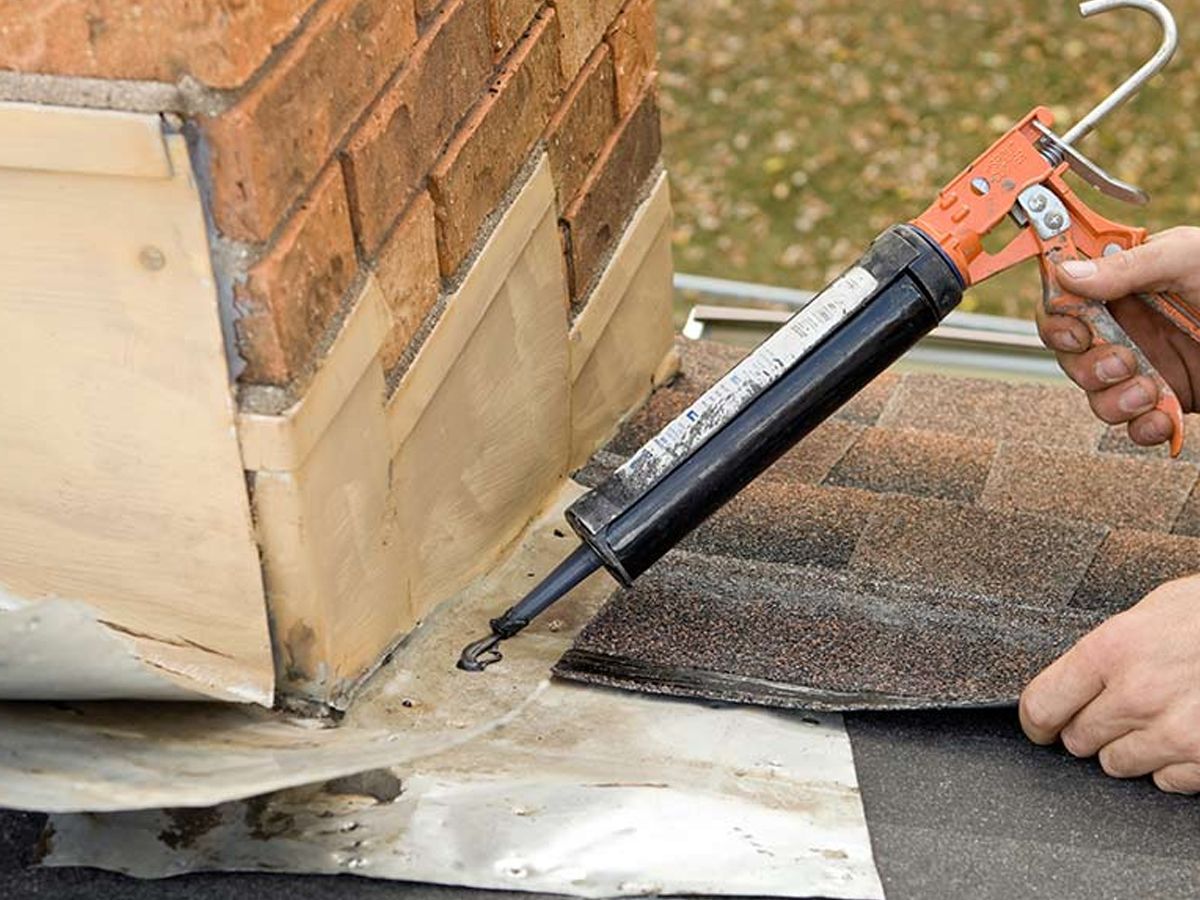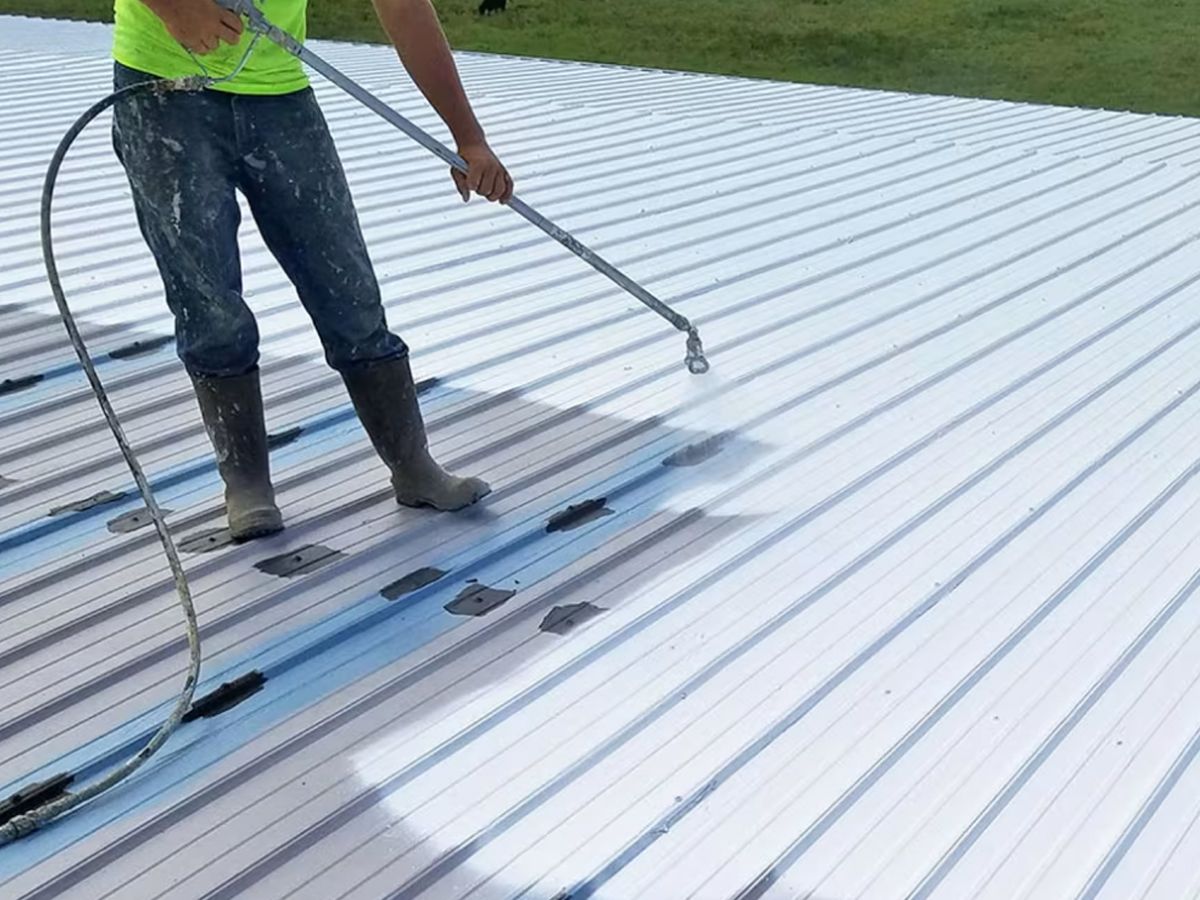About The Author
ANCHOR POINT ROOFING
The roof of your home is more than just a protective shield against the elements; it’s an essential component of your property’s overall structural integrity and value.
Over time, however, even the most well-constructed roofs can succumb to wear and tear, a process known as roof depreciation. In this detailed guide, we will explore:
- Some of the most common roofing problems
- What causes them
- How to repair them
- When it’s time to call in a professional roofing contractor
6 COMMON ROOFING PROBLEMS
Even a perfectly installed roof wears down over time. But unless you have a family of licensed roofing contractors, it can be tricky to identify roofing issues.
We’ve gathered together some of the most common roofing issues to keep an eye out for.
1) MISSING OR DAMAGED SHINGLES

Before delving into the intricacies of flat roof drainage, let’s start with the basics. A flat roof, as the name suggests, lacks the traditional slope or pitch found on sloped roofs. Instead, it has a minimal slope (usually less than 10 degrees) to facilitate water runoff. Flat roofs are commonly used in commercial and modern residential buildings, providing an efficient use of space and architectural appeal.
Despite their benefits, flat roofs require careful maintenance, especially when it comes to drainage. Unlike sloped roofs, which naturally guide rainwater towards gutters and downspouts, flat roofs depend on a well-designed drainage system to prevent water accumulation, leaks, and structural damage.
Recognizing signs of poor drainage on your flat roof is essential to prevent costly repairs and structural issues down the line. Here are some common indicators that your flat roof may have drainage problems:
- Ponding Water: One of the most evident signs of poor drainage is standing water or “ponding” on the roof’s surface. If water remains stagnant for more than 48 hours after rainfall, it’s a clear sign that your drainage system isn’t functioning properly.
- Leaks and Water Damage: Interior water stains, wet insulation, or dripping ceilings are telltale signs of water infiltration resulting from inadequate drainage. These leaks can lead to extensive damage to your property if not addressed promptly.
- Damaged Roof Membrane: The roof membrane, typically made of rubber (EPDM), modified bitumen, or other materials, may exhibit cracks, blisters, or bubbling. These issues can arise from prolonged exposure to water and UV radiation due to poor drainage.
- Algae and Mold Growth: Excessive moisture and poor drainage create an ideal environment for algae and mold growth on your flat roof. These organisms can deteriorate the roof surface and pose health risks to occupants.
- Sagging Roof Structure: The weight of accumulated water can cause your roof structure to sag or deform over time. If you notice any visible dips or depressions on your flat roof, it’s a strong indication of drainage problems.
HOW TO FIX DRAINAGE ISSUES: 8 KEY STEPS
Addressing drainage issues on your flat roof is crucial for its longevity and performance. Here are steps to help you rectify poor drainage:
1) INSPECT AND CLEAR DRAINS 🔍
Regularly inspect and clear roof drains, scuppers, and downspouts from debris, leaves, and other obstructions. Ensure that water can flow freely through these drainage components.
2) ADJUST ROOF SLOPE ⌳
In some cases, you may need to adjust the roof’s slope to improve drainage. This may involve reconfiguring the underlying structure or adding tapered insulation to promote water runoff.
Start by researching local roofing contractors. Look for companies with a good reputation, positive reviews, and a track record of successful roofing installations.
3) INSTALL PROPER DRAINAGE SYSTEMS 🛠️
If your existing drainage system is inadequate, consider installing or upgrading it. This may involve adding more roof drains, scuppers, or internal drains to improve water flow.
4) REPAIR ROOF MEMBRANE 🧰
Address any damage to the roof membrane promptly by patching or replacing affected areas. Properly sealed seams and joints are crucial to prevent water infiltration.
5) MAINTAIN GUTTERS AND DOWNSPOUTS 🍂
Ensure that gutters and downspouts are clear of debris and in good working condition. Redirect downspouts away from the building’s foundation to prevent water pooling near the structure.
THINGS TO LOOK FOR IN A FLAT ROOF CONTRACTOR

Choosing the right flat roof contractor is essential to ensure the proper installation, maintenance, and repair of your flat roof. Here are some key factors to consider when selecting a contractor:
- Experience and Expertise: Look for contractors with a proven track record in working with flat roof systems. Experience matters, as flat roofs have unique challenges compared to sloped roofs.
- Licensing and Insurance: Ensure that the contractor holds the necessary licenses and insurance coverage. This protects you from liability and ensures that the work meets industry standards.
- References and Portfolio: Request references from previous clients and ask to see examples of their past flat roof projects. This will give you insight into the quality of their work.
- Warranty and Guarantees: Inquire about the warranties and guarantees offered by the contractor. A reputable contractor should stand by their work and provide warranties on materials and labor.
- Transparent Pricing: Obtain detailed quotes that outline the cost breakdown, including materials, labor, and any additional charges. Be wary of contractors who provide vague estimates.
- Safety Practices: Safety should be a top priority. Ensure that the contractor follows safety protocols and has a strong safety record to protect workers and your property.
- Communication and Timeline: Clear communication is essential. Discuss the project timeline, milestones, and expectations to ensure a smooth working relationship.
- Local Knowledge: Contractors familiar with local building codes and climate conditions are better equipped to address specific regional challenges and ensure compliance.
INSTALL A FLAT ROOF DRAINAGE SYSTEM
Maintaining proper drainage on your flat roof is crucial to prevent water damage, extend the lifespan of your roof, and protect your property’s structural integrity. Regular inspections, maintenance, and timely repairs are key to addressing drainage issues effectively.
Want to learn about all the options that are available for your commercial facility? Anchor Point Roofing can help! Contact us today to learn about TPO, EPDM, and more!





